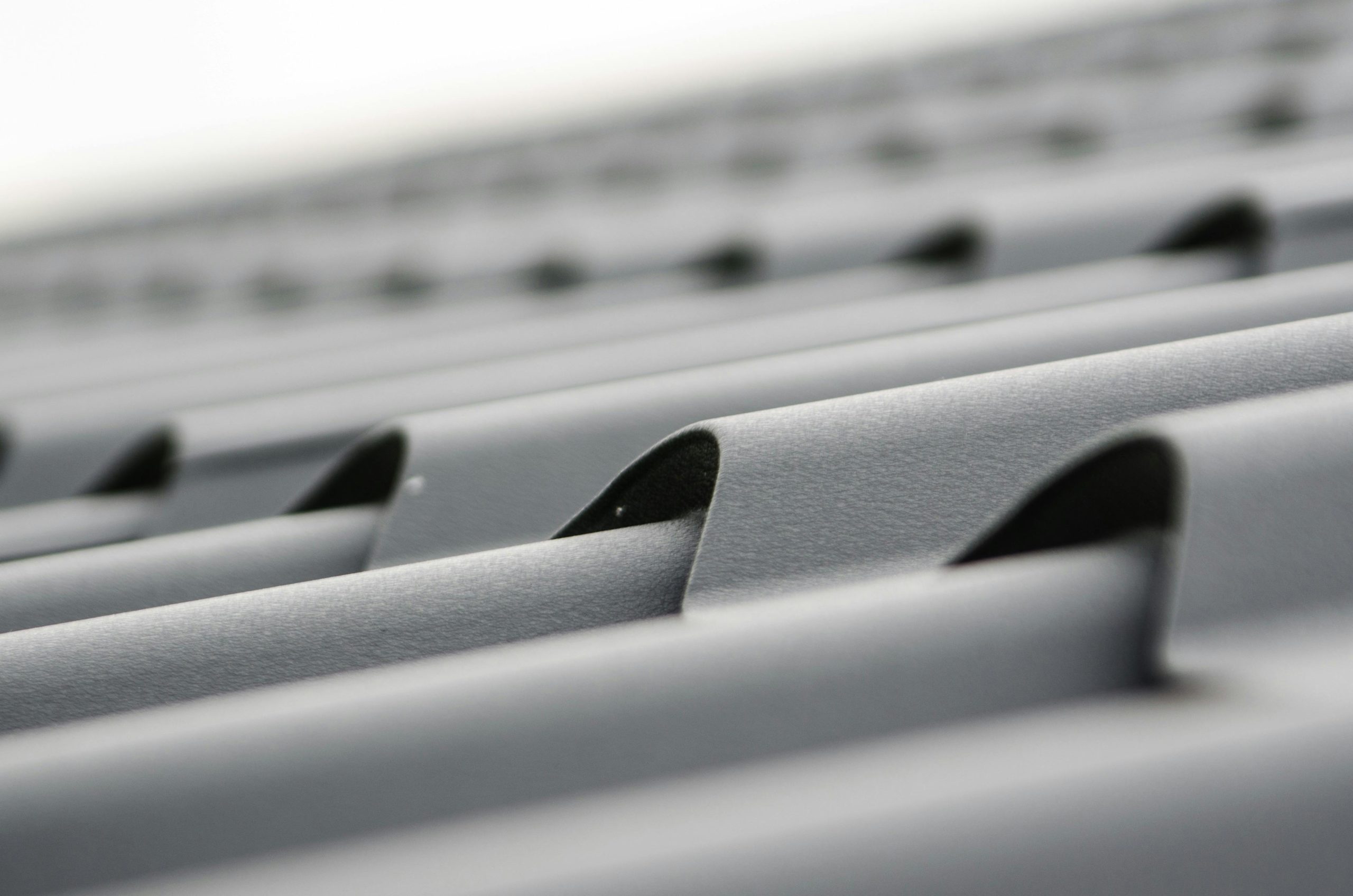Let’s face it: most business owners probably don’t think about their roofs unless there’s a problem. I get it. When was the last time anyone looked up there, anyway? But your roof is basically your building’s unsung bodyguard, quietly taking a beating from sun, wind, and—oh, every bird within a thousand miles.
If you want to dodge leaks, big bills, and those frantic calls to repair crews (“Help, water is pouring down by the snack machine!”), it’s worth spending a little time keeping your roof healthy. Here’s some stuff I’ve picked up (sometimes the hard way) about commercial roofing, along with a few little reminders that might save you a headache or three.
Start With Regular, No-Nonsense Inspections
You’d be surprised what sneaks up there when you’re not looking. Balloons, wayward tree branches, old fast-food wrappers—you name it, I’ve seen it. But the bigger threats are splits, standing water, or popped fasteners. If you (or someone handy) walks the roof a couple of times a year, you’ll spot the little stuff before it turns into actual disasters. Spring and fall are good times to check, when the weather is, you know, somewhat forgiving.
The National Roofing Contractors Association suggests regular maintenance, and they know their stuff. Here’s their roof inspection guide.
Clear Drains and Gutters, Even If You Hate That Job
Gutters and drains are like that one friend who always needs attention, but if you ignore them? Disaster. Clogged drains mean standing water, and standing water is basically a red carpet for leaks and all sorts of structural trouble. If you spot granules, leaves, or even a bird’s nest, clear it out. Quick tip: After a big storm, send someone up for a peek. A little effort now means you’re not mopping up puddles after the next downpour.
Catch Small Repairs Before They Turn Into “Why Is My Ceiling Bubbling?”
Leaks hardly ever announce themselves with a parade—they just quietly spread until somebody notices a nasty stain or, even worse, water dripping on inventory. If you see cracks, gaps, or blisters in the roofing material, tackle it right away. Cheap patch jobs now mean you won’t have to fork over big money later for deep repairs. Plus, materials like EPDM, TPO, and metal panels each have their own quirks, so don’t assume duct tape is your friend (it’s usually not).
Keep a Maintenance Log—Seriously, Just Do It
Nobody loves paperwork, but a maintenance log comes in clutch. Jot down inspection dates, who checked what, and what you fixed. It’s gold if you need warranty help, insurance claims, or just want to see what’s been done.
Know When to Call in the Pros
Not every job is a DIY moment. Stuff like ponding water, serious sagging, or weird smells (yes, sometimes roofs smell weird) usually need a pro. A commercial roofing expert will save you money and nerves in the long run.
All that said, a little attention now means your roof can hang tough—quietly protecting your business, rain or shine—year after year. And hey, maybe you’ll actually look up there once in a while and smile, knowing trouble’s not coming from above.
